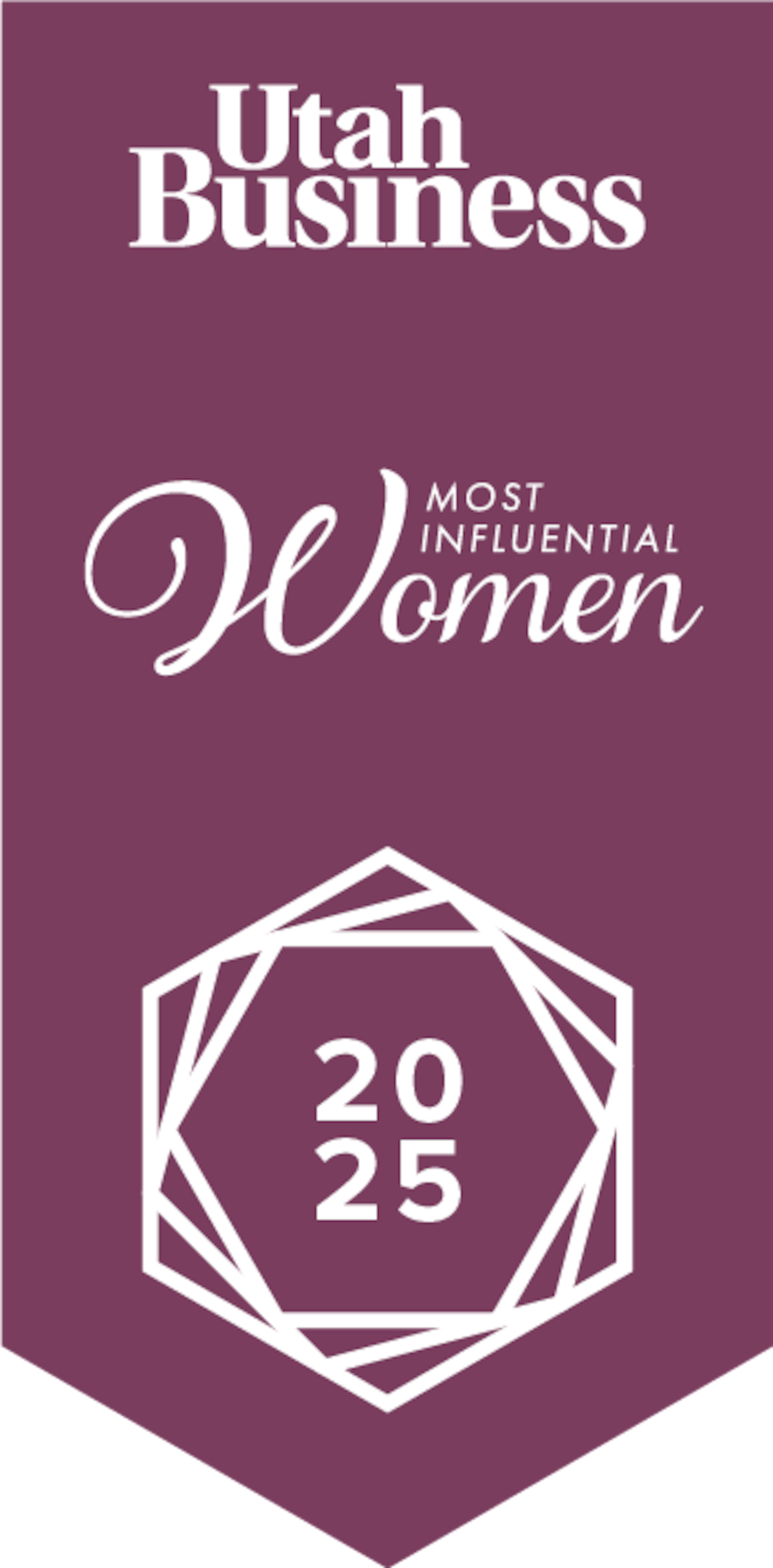Carol Hollowell
CEO & President | Switchpoint
You’ve expanded Switchpoint from a single shelter to a statewide network of programs including supportive housing, job training and social enterprises. What have been the most significant challenges and breakthroughs in scaling this model across Utah?
One of the biggest challenges has been shifting mindsets. For a long time, shelters were seen as temporary fixes: a place to sleep, maybe a meal, then you’re back out on your own. But that model doesn’t solve anything. I knew we had to build something that addressed the root causes of poverty, not just the symptoms. The breakthrough came when we showed that the model works. Once we helped people move from survival to stability, and from stability to purpose, the ripple effects were undeniable. Cities started reaching out. We didn’t wait to be invited. We just brought the data, the stories and the heart.
Your projects — such as Harris Community Village, Canyon Rim and microshelter communities — focus on often overlooked populations. How do you identify these service gaps, and what’s your approach to designing solutions?
I go where the silence is. If no one is talking about a certain group, that’s usually where the need is hiding. We talk to the people we serve, and we pay close attention to who keeps falling through the cracks. That’s how we realized families were being separated just to get shelter. That’s how we saw seniors struggling to find safe, affordable housing. That’s how microshelters came to be — because not everyone fits in a traditional emergency shelter.
One of the most exciting things we’ve done recently is pilot a microshelter community in Salt Lake City. It’s a simple, innovative solution for people who can’t or won’t go into traditional shelters, especially those with trauma or mental health challenges. … That same spirit drove Canyon Rim in Salt Lake County, where we built housing specifically for chronically homeless women with severe mental illness. There was nowhere else for them to go, and now they’re part of a thriving, supportive community. These projects are proof that when you design around people and show real outcomes, you can shift how poverty and homelessness are talked about — not just in policy circles, but in communities, too. … When we design programs, we always start with the people, not the paperwork. What do they need? What’s missing? Then we build from there. It’s not about checking boxes; it’s about changing lives.
You’ve developed several mission-based businesses that both serve the public and fund services. How have these social enterprises changed your organization’s sustainability model, and what advice would you give to other nonprofits considering similar approaches?
Social enterprise gives us the freedom to dream bigger. We’re not just asking for donations; we’re building businesses that generate income and give people jobs. The thrift store, the coffee shop, the garden, the pet boarding facility — every one of them does double duty. They bring in money, and they create training and employment for our clients.
My advice is this: Start small and with something that aligns with your mission. You don’t need to open a restaurant tomorrow. Maybe it’s a little print shop or cleaning service. Make sure it solves a real need in your community, and make sure your clients are involved in it from the ground up. That’s where the magic happens.




